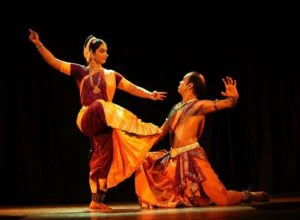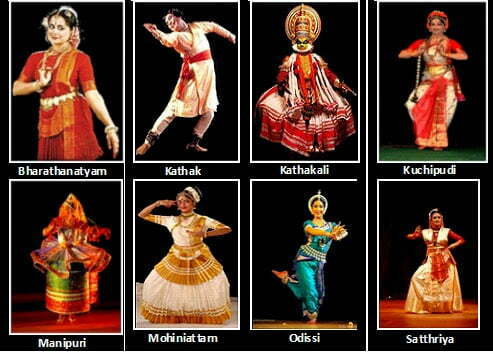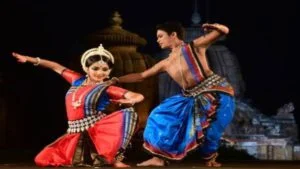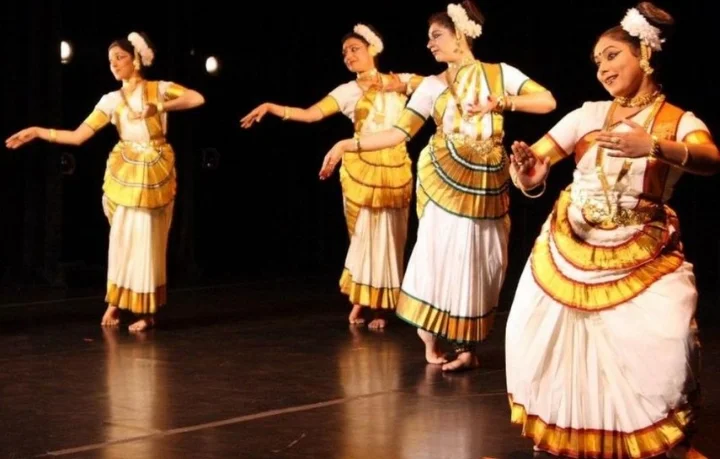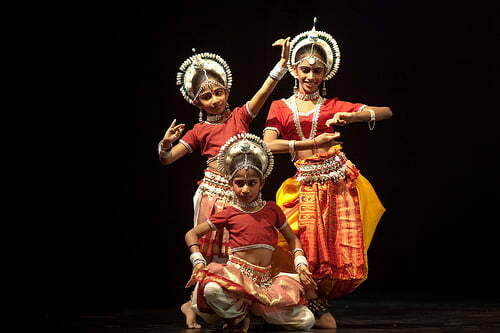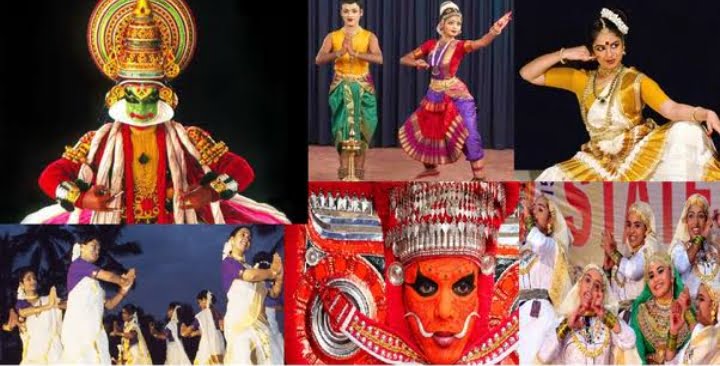Kathak is a very beautiful and graceful dance form. It belongs to the eight major Indian classical dance forms of India. This dance form prevails mainly in Uttar Pradesh and is a gift that Mughals gave to India. It is all about wearing traditional attires. Doing graceful movements and making hand mudras with classical music playing in the back. Word Kathak also means telling a story. So, while performing, artists tell a whole story while just dancing. The craze for learning Kathak is at its peak, people across the globe want to learn this ancient dance form. It is a complex dance form with a lot of specifications. And an individual can take years to learn it.
Learning hand mudras is one of the initial stages of learning this art form. There are three broad categories of hand mudras with a total of 64 Kathak mudras. Namely, Asamukyta Hasta Mudras, Samyukta Hasta Mudras, and Nritta Hasta Mudras. Mentioned below are some basic but beautiful Kathak hand mudras that you can learn easily. They will help you in taking a step forward in your dream of learning this elegant dance form.
5 Basic Hand Mudras in Kathak
Patakam Hand Gesture
It is the very basic hand mudra also known as Flag gesture in English. In this, the learner needs to open his palm make it straight. Then stick all the four fingers close to each other and then the thumb is slightly bent and placed touching to the palm. It looks like someone is giving you a blessing. This gesture is used to portray a lot of different things and gestures during the dance. Most of which are related to nature, like to show water, air, and sky during the dance. In general life it can mean a lot of different things like asking someone to stop, waving at someone, or giving a blessing. One can easily learn it as it is simple and not difficult to remember.
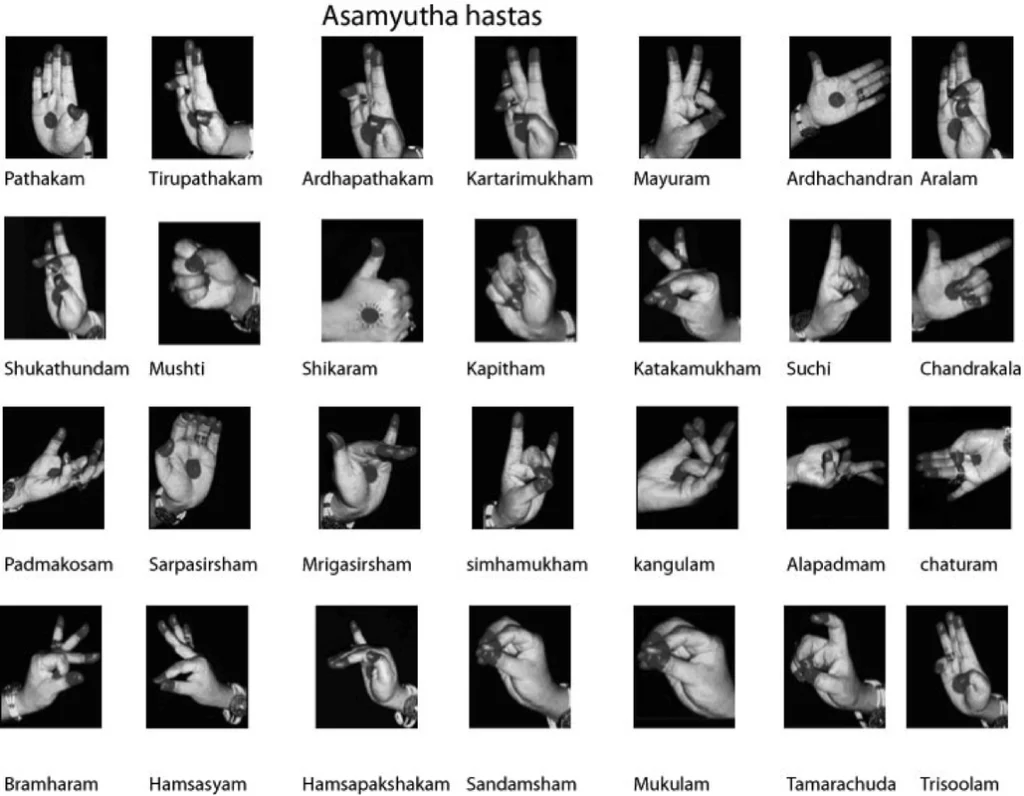
Shikhara Hand Gesture
Then comes Shikhara which is super easy as well. In this, the person needs to fold all four fingers inside the palm. And keep the thumb standing. It resembles a lot to the ‘All the Best’ gesture which we do while wishing someone luck. It is not at all difficult to remember and practice it. In the language of Kathak, it means a lot of different things that vary according to the performance. It is usually used to denote and armor. Other than that some of its meanings are showing a bow, to depict the ringing of bells, consumption of any liquid, and to question someone. One can simply remember it is a Thumbs up sign.
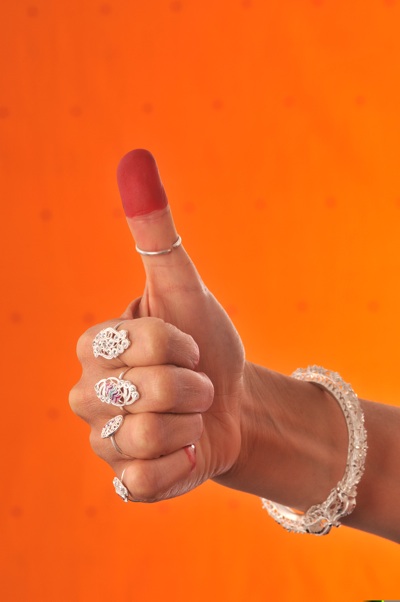
Hamsasyam Hand Gesture
To begin with, in this mudra the very first thing a person learning Kathak needs to do is expand all the 5 fingers out. Then slowly raise the thumb in a perpendicular position. And the final step is to place the index finger and mid finger of the thumb. Leaving the rest of the two fingers making a ‘V’. This hand mudra is basically about flowers as it denotes plucking and placing them. While dancing it is used to show plucking or picking a flower, offering it to someone, smelling its aroma, and at the end to show plucking a flower beautifully in someone’s hair. It is a really important hand gesture in doing storytelling while doing this classical dance. This hand gesture is also used in a couple of other Indian dance forms as well.

Chandrakala Hand Gesture
To begin with the Chandrakala hand gesture the first thing you need to do is open the palm and stick all the four-finger together. After that fold the little finger, ring finger, and mid finger. And leave the index finger and thumb stretching out in a perpendicular position. Your hand must look like you are pointing towards someone. This gesture is used to denote the moon, Ganga River, someone’s face, and the half-moon on the top of Lord Shiva’s hair. The fun fact about this mudra is that performing it every morning for 10 to 15 minutes helps in relieving the lungs and both the intestines. As if help in digesting undigested food and removing cough from lungs. Practice it a few times and you will be able to do it properly.

Kapittha Hand Gesture
Also known as Goddess Lakshmi’s hand gesture, Kapittha is the fifth hand mudra on our list. To form this a person needs to close their hands in a fist but not is a close or tight one. In this the folded fingers should look like stairs, shorter than the previous one. Then raise the thumb and place your index finger over it. It is a sign used during a conversation with teachers as it is a salutation used to show respect. And to show acceptance. This mudra is also prevalent in other Indian classical dance forms like Bharatnatyam, Kuchipudi, and Odissi. This might appear a little difficult at the first glance but after a few attempts, one can learn it.
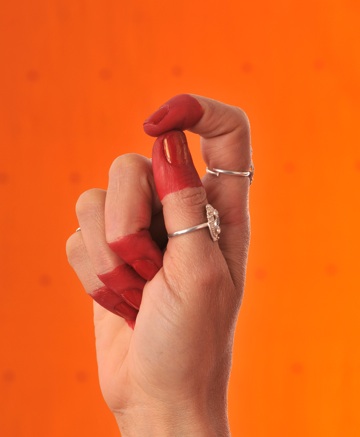
Final Thoughts on Basic Kathak Hand Mudras
Hand Mudra is a crucial part of classical dancing. They look very beautiful when done properly. Their beauty increases, even more, when hands are painted in red color and accessorized with beautiful rings. If you are an aspiring Kathak dancer then the first thing you need to do is get a strong grip on these hand mudras. And it is very important to remember that every mudra has a different meaning. So, it is important to remember the meanings and use it accordingly in the performance. A lot of these hand mudras are also used in Yoga because of their ritualistic and therapeutic values.
So take a step from just dreaming about being a Kathak dancer. Take a step ahead by learning and implementing these hand mudras. Other than that learning this dance form is a long and little tough path but with hard work and determination, one can achieve it. Begin your learning journey, here.
Share with your friends

